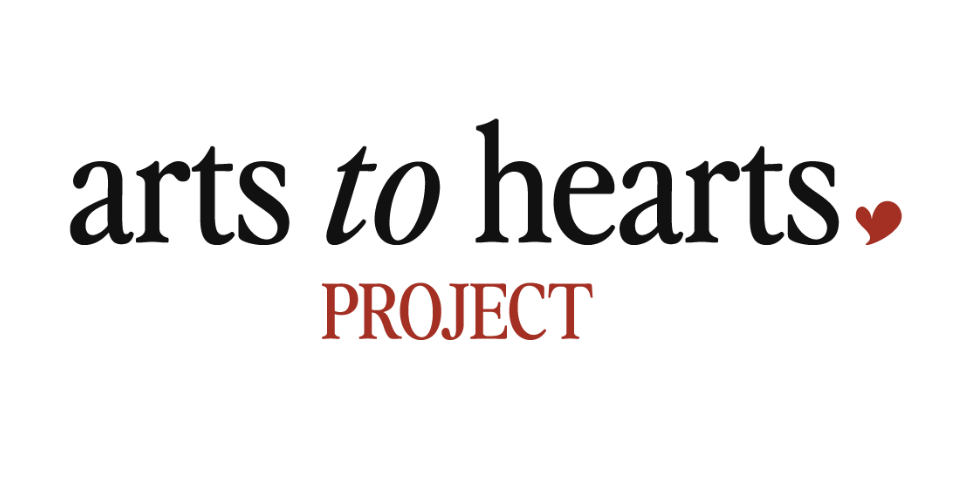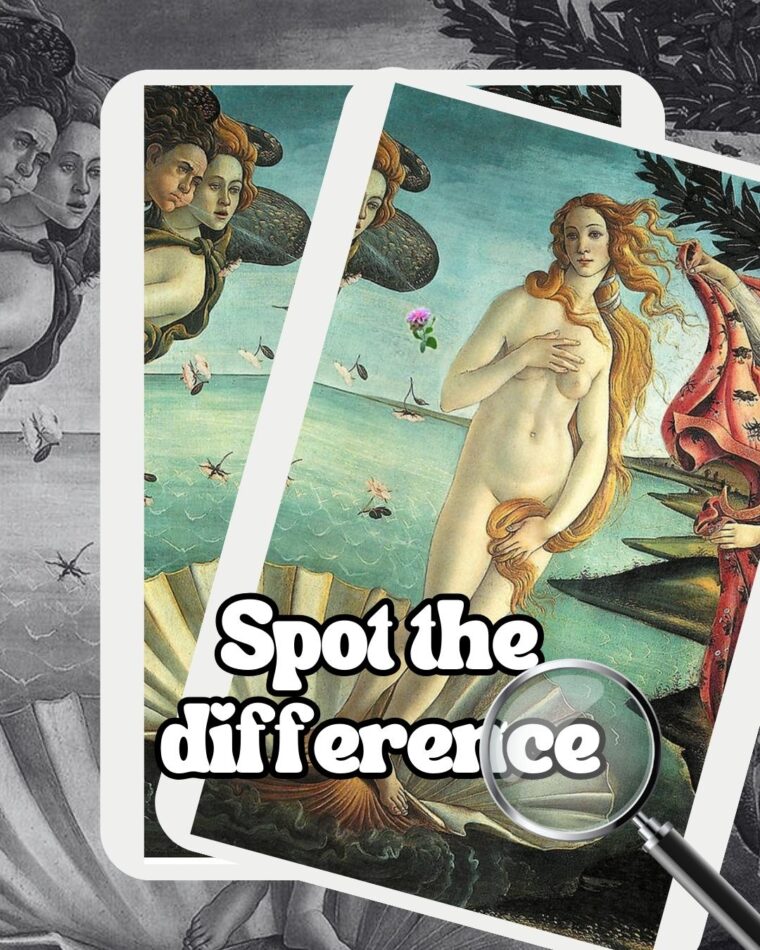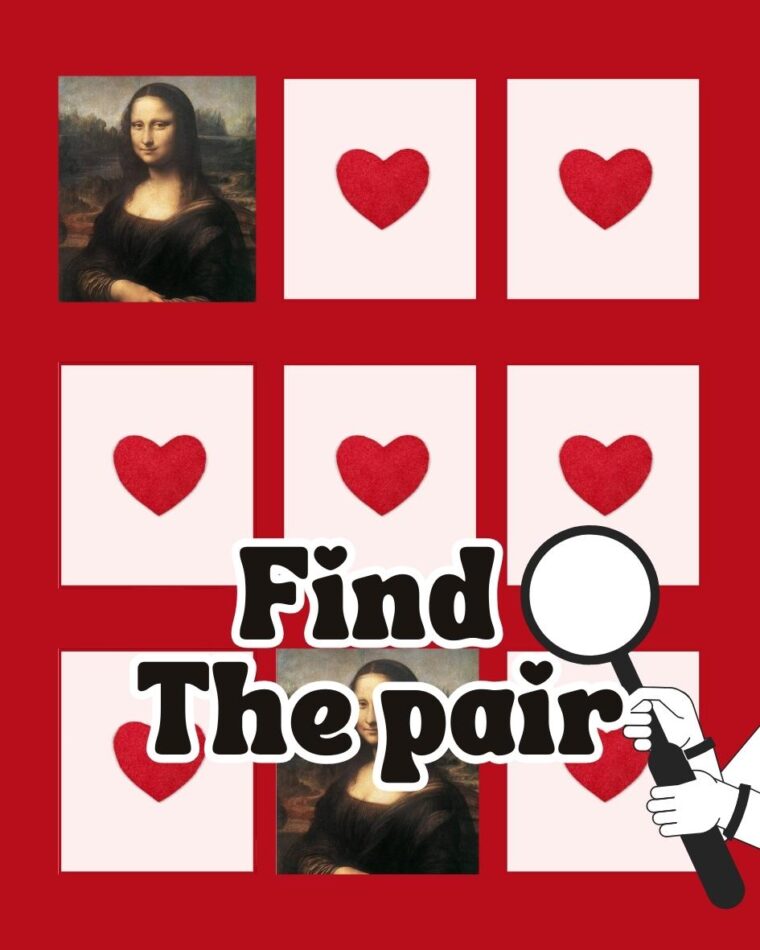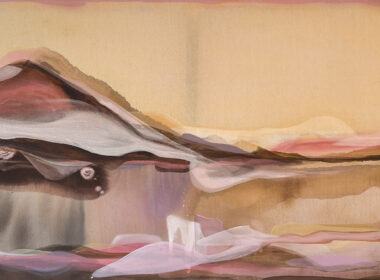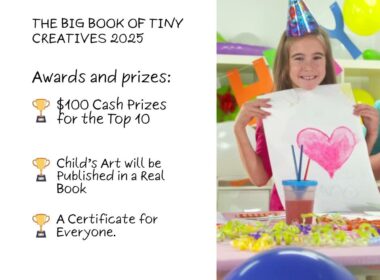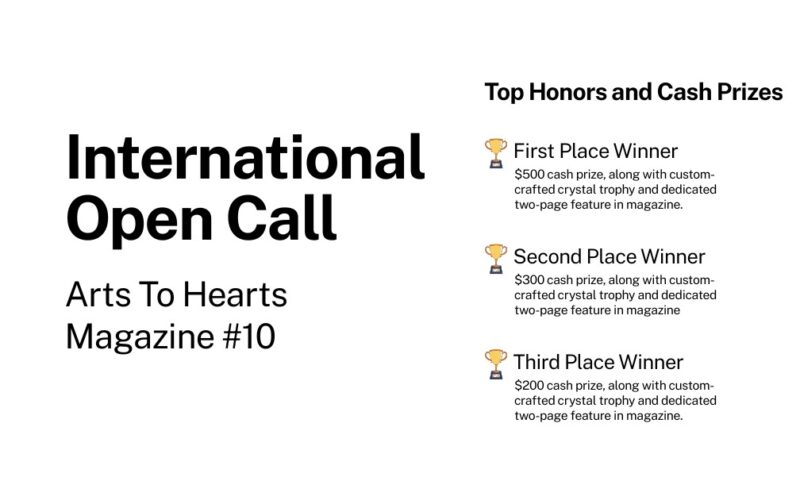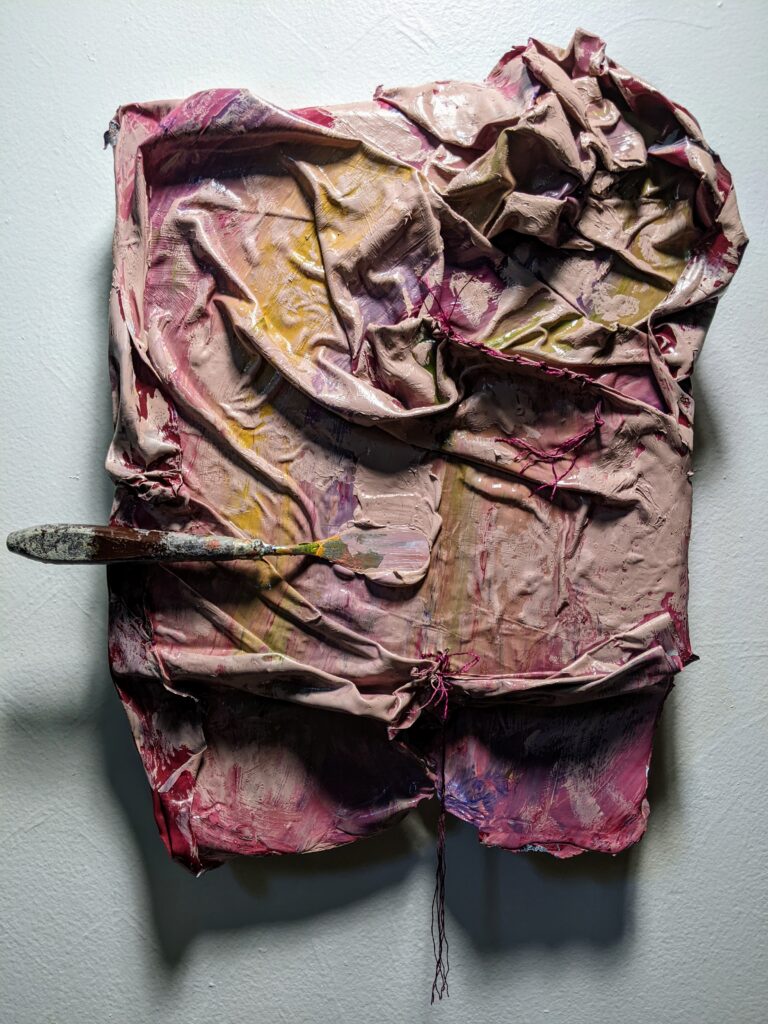
When Art Becomes a Safe Space for Women to Reignite Their Power| Kate Van Doren



In this interview for the Arts to Hearts Project, we talk with American artist and art therapist Kate Van Doren, whose powerful portraits and photography shine a light on healing, identity, and the strength of the human spirit. With over two decades of experience in art therapy, Kate brings compassion and profound emotional insight into her creative process, using art not just as expression but as a tool for recovery, empowerment, and connection.
She shares how her work, primarily through the Healing Words Project, centres women’s voices and stories, transforming pain into power with the help of personal mantras, symbolism, and nature. From Kate’s journey, we’ve learned how art can hold space for individual and collective healing, and how collaboration, consent, and storytelling can become acts of resistance, visibility, and love. Through her thoughtful, heart-centred process, Kate reminds us that healing is possible—and that we don’t have to do it alone.
Kate Van Doren is a featured artist in our book, “101 ArtBook – Nature Edition” You can explore her journey and the stories of other artists by purchasing the book here:
https://shop.artstoheartsproject.com/products/the-creative-process-book
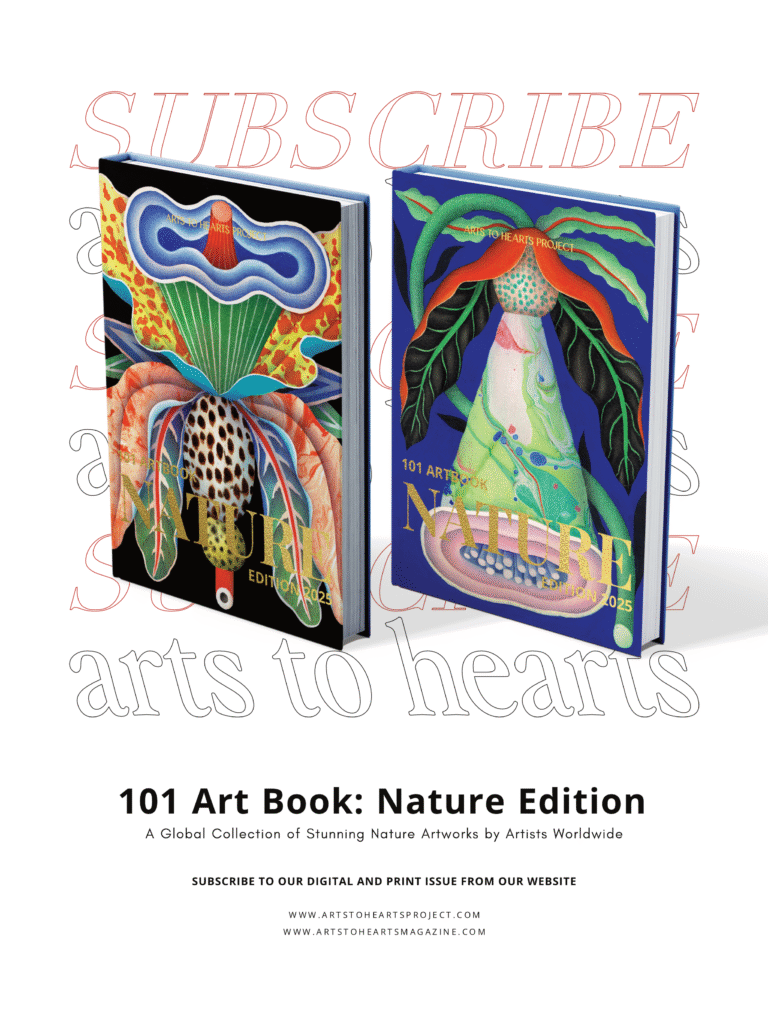
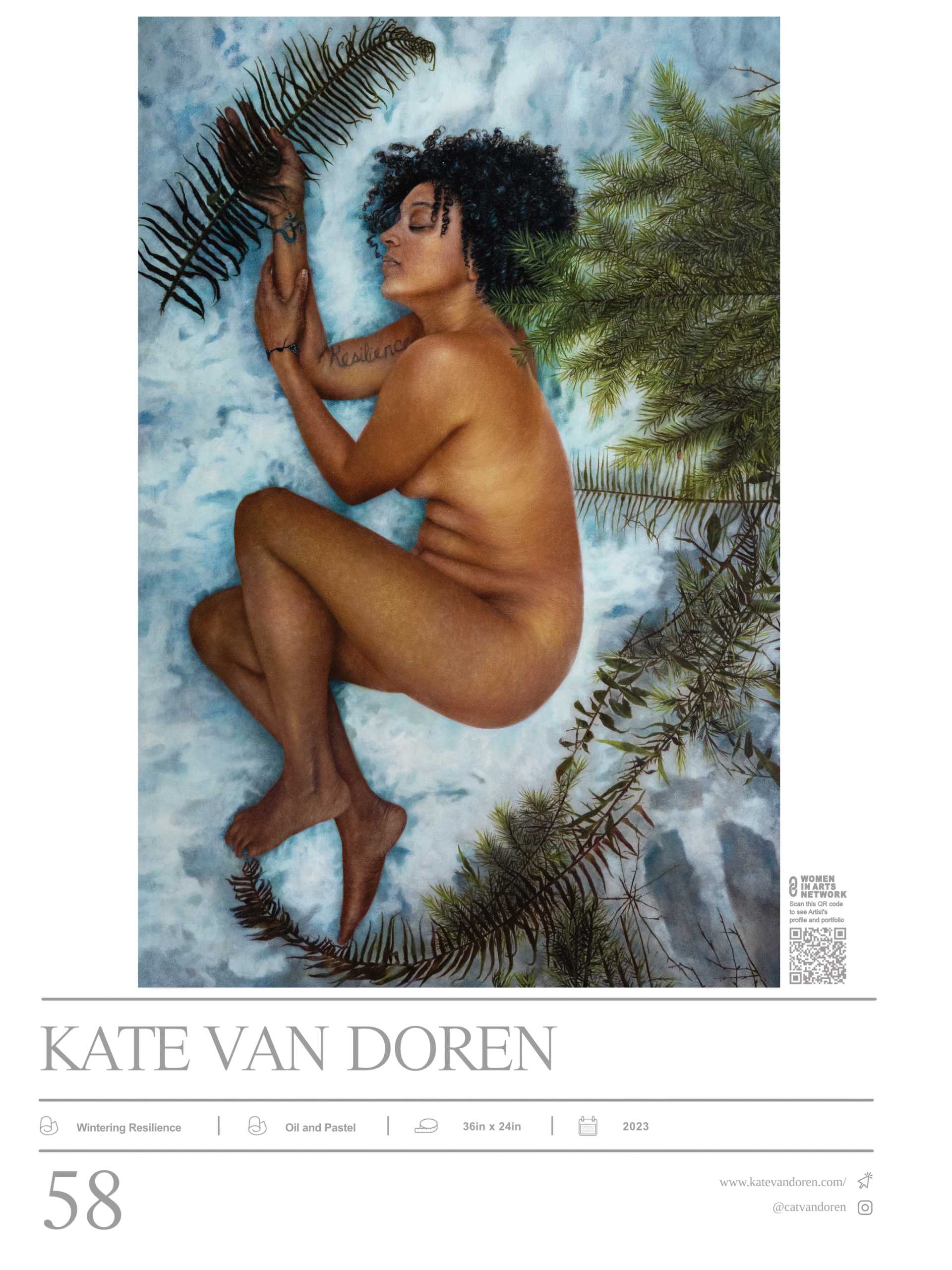
Kate Van Doren (American, b.1978) is a contemporary artist whose realism paintings, drawings, and photography explore the human condition and human rights themes. With over two decades of experience as a board-certified art therapist, Kate harnesses empathy and connection to foster meaningful engagement with her inspirations to honour their stories. Her work incorporates positive psychology and the use of empowering mantras, transforming adversity into meaningful expression and reclaiming personal narratives.
Kate earned an honours degree in Fine Art and Psychology from the University of Oregon (2002) and a double master’s degree in Counselling and Art Therapy from Marylhurst University (2006). Throughout her career, she has developed and led art therapy programs for at-risk youth, trauma survivors, individuals with severe mental illness, the elderly, and hospice care patients. In addition to her therapeutic work, she mentors artists and art therapy students worldwide, helping them discover their creative voice.
As the founder of the internationally recognised Healing Words Project, Kate has documented the healing journeys of over 2,000 women through photography and painting. Recognised as an innovative early intervention program to prevent violence against women, the project continues to inspire and empower participants globally.
Kate’s artwork has been exhibited in galleries and museums across the U.S., Europe, and Mexico, while being held in private collections worldwide. She has been featured in Art Basel Miami, Fine Art Connoisseur, American Art Collector, PoetsArtists, Mod Portrait, News Week Español and the Art Renewal Centre. Kate was a finalist in the Beautiful Bizarre Art Prize and earned 2nd Place in the prestigious international FIKVA award for painters. She was also a finalist in the Art Renewal Centre (ARC) competitions in both 2022 and 2024, and received the 1st place artist of the year award with the Circle Foundation for the Arts. Kate’s work is part of the Peregrine Collection, a digitised art and literature time capsule sent to the moon. Kate is based in San Miguel de Allende, Mexico and the Pacific Northwest, where she devotes her time to her family, art therapy practice, activism work, and her fine art studio.
1. How did your art therapy background shape how you approach painting and storytelling?
My background as an art therapist and psychotherapist for over 25 years has profoundly shaped how I approach painting and storytelling. I’ve spent decades supporting people through trauma, grief, and transformation, and that experience taught me that art is not just visual—it’s a form of healing, a language of the body and soul. My neuroscience and positive psychology specialisation has given me tools to help others learn how to rewire neural pathways, especially for trauma recovery. I integrate these principles into my work by using art to help shift narratives—from survival to strength, from silence to voice.
When collaborating with my inspirations, we explore their story together, often guided by personal mantras, symbolic imagery, and shared reflection. That process becomes a form of creative re-patterning, where emotional truth is expressed and reclaimed. In each portrait, I’m not just painting a likeness. I’m entwining layers of resilience, memory, and empowerment into the work with their story and their vision. The canvas becomes a sacred space where transformation is visible and deeply felt. My therapeutic background allows me to hold that space with care, and my role as an artist is to translate that journey into something both personal and universally human.
When I look at the body of work we’ve created together, I see a visual chorus of transformation.
Kate Van Doren

2. What inspired you to create the Healing Words Project, and how has it evolved?
The Healing Words Project began in 2020 in response to Un Día Sin Mujeres ( A day Without Women)—the national women’s strike in Mexico protesting femicide and gender-based violence. I was asked by women in my community to take their portraits as an act of collective visibility. Each woman wrote a personal and powerful mantra or protest phrase on their body. Some identified women’s names to honour those who had been lost that year to femicide. These photos became their digital profile images, so that on the day of the strike, each woman signified to each other that they were held in community, seen, and not alone. In just ten days, I photographed and distributed portraits to over 1,200 women, including many from rural communities around San Miguel de Allende, Mexico.
It became clear that this was much more than a protest—it was an early intervention approach to healing. These portraits opened space for conversations with women and their children about bodily safety, autonomy, generational trauma, and voice across cultures, languages, and socioeconomic lines. Then the pandemic hit, and everything stopped. I was left with powerful images, stories, and a deep need within me to shift pain and trauma into healing. I began offering safe space ceremonies—art-based healing experiences rooted in my 25+ years as an art therapist and psychotherapist, integrating neuroscience and positive psychology to help rewire trauma in the body and brain.
The project has since grown into a deeper co-creative process. It has expanded to include experiences from women worldwide in multiple languages. After recovering from near-blindness and eye surgery, I didn’t begin painting until 2021. Teaching myself to paint became a way to honour these stories on a deeper level. With ongoing consent, it is a collaborative process rooted in deep care, connection, and love, where each woman’s voice guides how her story is told and shared. The artwork is born through interviews, shared reflection, and ritual. I paint these portraits—layered with symbolism, memory, and resilience—so that each woman’s story of wisdom lives on.

3. Can you describe the collaborative process with the women you paint?
The collaborative process is built on mutual trust, care, and respect. Each woman I work with is an equal partner in creating her portrait. She chooses her mantra—words that hold power and meaning for her—and if she wishes, she also writes her story in her voice to be shared alongside the artwork. We spend time together in conversation, sometimes in ceremony, allowing space for connection and reflection. I never assume what should be shared or how—she always guides it.
The reference photos we take are done together, with complete transparency and ongoing dialogue. This isn’t about capturing a moment but co-creating a visual story that reflects who she is. Consent isn’t a one-time form—it’s a living, ongoing conversation. Some women want their names shared, others prefer to remain anonymous. All of that is honoured. We check in, adjust, and move forward together every step of the way. This work is not about “subjects.” It’s about relationships, collaboration, and trust. We build something rooted in truth, healing, and shared power. The final piece is as much hers as it is mine.
4. How do you integrate nature and personal mantras into your work to support healing?
Nature and personal mantras are central to my work—they’re powerful anchors for healing. Nature shows us how to shed, root, bloom, and begin again. I often integrate elements of nature that hold meaning specific to each woman’s story. It is a symbolic return to the heroine’s journey and a visual metaphor for growth, grounding, and transformation. The personal mantras come directly from the women I collaborate with. Each female-identifying individual chooses a word or phrase that reflects her healing journey, which helps shift internal narratives and reconnect her to her wisdom.
From a neuroscience and art therapy perspective, mantras can help re-pattern thought loops tied to trauma. They support new neural pathways and emotional clarity when repeated and embodied, primarily through art. These mantras often appear written on the body or layered into the background in the portraits. They become part of the visual language of the piece. They are not just affirmations but declarations of self, power, and return. Nature and mantra form a bridge between inner experience and visual storytelling. They help hold the emotional weight of the work while offering beauty, grounding, and hope.
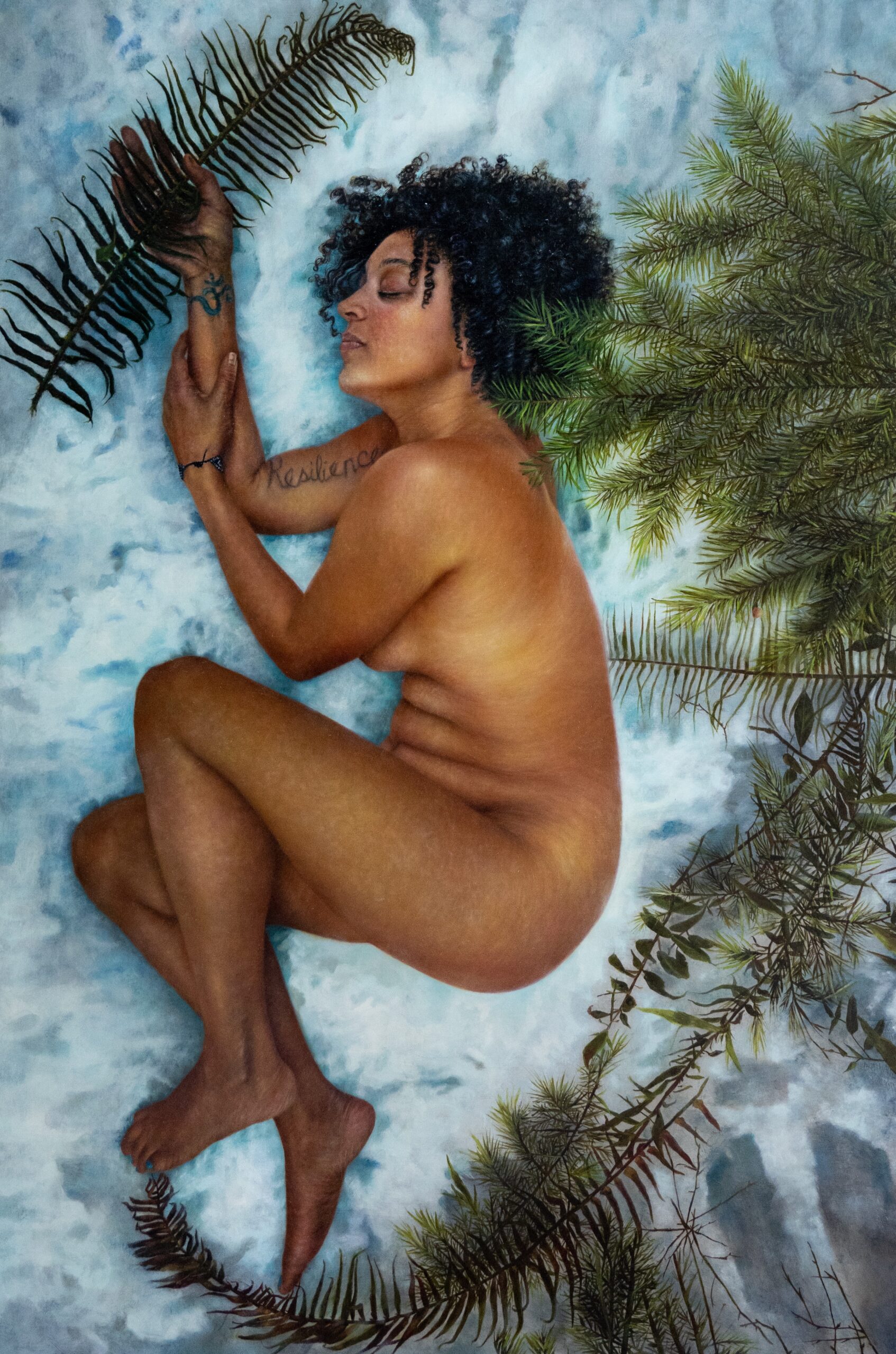
Art is not just visual—it’s a form of healing, a language of the body and soul.
Kate Van Doren
5. What has been one of the most moving moments you’ve experienced while documenting someone’s journey?
Absolutely—here’s a poetic and meaningful response that honours the collective power of the stories without focusing on any individual: — There isn’t just one moment—there’s a quiet thread that runs through all of them. It’s the moment a woman sees herself reflected not just as she’s been told to be, but as she truly is: intense, complex, whole. What moves me most is the collective courage—the shared willingness to reclaim space, speak truth, and let healing form in colour, line, and story.
Each collaboration is different, but they all carry a sacred kind of bravery. Women choosing to show up, not as symbols or subjects, but as whole human beings—naming their pain, joy, and resistance. There’s an undeniable power in that. When I look at the body of work we’ve created together, I don’t just see photos and paintings—I see a visual chorus of transformation. Each story, layered into the next, becomes part of a greater whole—a living archive of resilience. What moves me is how these stories continue to speak, not just to me, but to each other and those who witness them. They remind us that healing is not a solitary act—it’s something we do together, in community, with courage and care.

6. What do you hope viewers take away from the stories you share through your art?
What I hope viewers take away is the deep understanding that healing is possible for all of us. These works are not just about the individuals depicted, but about collective transformation. They are mirrors, showing strength, vulnerability, and reclamation when held with care. I intend that the final pieces serve as a form of shared healing, offering both my collaborators and the viewers a sense of connection, hope, and wisdom. The core belief behind this work is that witnessing someone else’s healing can awaken the possibility of our own. I heal, you heal, we heal the world. That’s the invitation I hope each painting holds.

Kate Van Doren’s artwork is about reclaiming voice, honouring resilience, and holding space for healing. Rooted in empathy and shaped by decades of art therapy experience, her portraits go far beyond the visual—they tell stories of transformation, strength, and profound personal truth. Through her collaborative process, Kate helps women reconnect with their inner power, using personal mantras, symbolism, and nature to weave their stories into powerful visual expressions.
From this interview, we’ve learned how art can be both a mirror and a bridge—a way to reflect personal journeys and build connections across communities. Kate’s work teaches us that healing is not linear or solitary; it’s layered, sacred, and often most powerful when shared. Her art reminds us of the strength in vulnerability and the beauty of stories told with care and consent.
To learn more about Kate, click the following links to visit her profile.
Arts to Hearts Project is a global media, publishing, and education company for
Artists & Creatives: An international audience will see your work of art, patrons, collectors, gallerists, and fellow artists: access exclusive publishing opportunities and over 1,000 resources to grow your career and connect with like-minded creatives worldwide. Click here to learn about our open calls.

